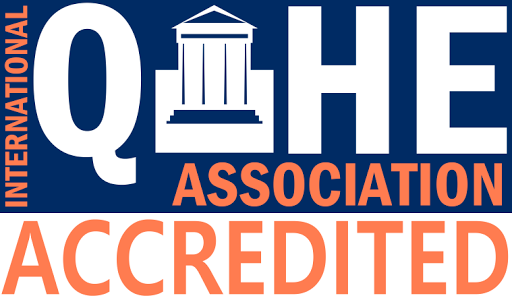The majority of students desire a sense of community. Developing solid, constructive connections with students may enhance your personal and professional life. The ability to successfully establish these connections is a crucial skill for professional success. Since many of your struggling students have already faced difficulties and academic failure, kids who get interventions are no different in this respect. Because of their difficulties, they could have poor self-esteem and a sense of exclusion. Here are a few intervention-setting tactics that can help your students succeed.
8 Simple Tips To Build Positive Relationships In An Intervention Setting
Building strong relationships with kids is crucial to demonstrating to them your sincerity as an advocate who genuinely cares about their success. Take a look at these few ways:
1. Foster Genuine Conversations
Talking with students is one of the best methods to establish a connection. It sounds almost too easy to say, but you can converse with your students while having a quick walk. You can learn about their hobbies and weekends, as well as their likes and dislikes, thanks to this easy possibility.
You can even incorporate some more complex vocal words into the discussions. You can set aside a minute or two on certain days to emphasize anything you might want to discuss with the group of intermediate students who come to your room alone. These genuine everyday discussions provide a productive environment for your collaboration.
Do you follow us on Social Media? If not, then you’re missing out on a lot of informative content. We regularly share upgraded educational content, tips, feedback, and more. Check us out by clicking the profiles here -Facebook / Twitter / LinkedIn / Pinterest / Instagram / YouTube
2. Interest-Based Reading
Linking reading material to students' interests is another strategy to build ties with them. This is a great method to demonstrate to children that their interests are valued and acknowledged, and it also encourages them to read more outside of intervention time. You can choose your texts when you are not utilizing planned courses, though it's not always simple to do so in an intervention context.
You can also utilize artificial intelligence (AI) tools to produce more books on subjects that kids are interested in. Outside of our time together, students can read these works at home or in their classrooms. You have control over the text's length, vocabulary, topic, grade level, and genre when you use AI to generate it.
3. Recording Student Support Improvement
In intervention, milestones can occasionally be more like stepping stones, and kids need encouragement to keep going so they are ‘making progress.’ Recordings offer a tangible means of showcasing advancement.
Students who don't usually receive attention can benefit from good comments from adults both within and outside the building by sharing the recordings with other students or with individuals they are close to. One thing to keep in mind while using recordings is that you must follow any rules your district may have.
4. Goal Setting To Motivate Students
When we demonstrate progress, we celebrate our accomplishments, and students value understanding how far they still have to go to reach grade-level objectives.
As we work together, the kids and I gain trust via this process of open reflection. Students are aware that you are there to assist them in achieving their objectives during this process.
5. Be A Listening Ear
Nothing compares to the ability of a listening ear. Sometimes all your pupils need to do is tell you anything to clear their minds. They might not even seek or expect assistance or guidance.
Whatever it is—a personal victory, an embarrassing fear, a secret joy—listening to your students without passing judgment may help you create lasting bonds. Offering your kids a listening ear might be just what they need, yet there may be occasions when you need to get more engaged.
6. Connect With Parents
Some parents only hear bad things from the school, especially when their kid is having difficulties. This type of interaction can start a vicious cycle of negativity, which is bad for everyone. On the other hand, parents who hear good things from teachers feel like they have a school ally.
They could feel more at ease approaching the instructor with their worries if they believe the teacher recognizes their child's positive traits. The student gains from this parent-teacher connection in several ways. So send that message, attach that remark, or give them a call!
Bottom Line
Relationship building isn't always simple. Students and instructors with School Leadership and Management Courses face several demands throughout the day. It's critical to understand that growth is a process, with periods for celebration and periods for perseverance until goals are reached. The tactics stated above provide us a chance to collaborate, build relationships, and help kids grow in confidence and ability.
We believe education should be accessible to everyone. That’s why we don’t charge for our blogs. Find the right course that will help you in your career with us, contact us at - 1800–212–6400. You can mail us at act@asiancollegeofteachers.com









